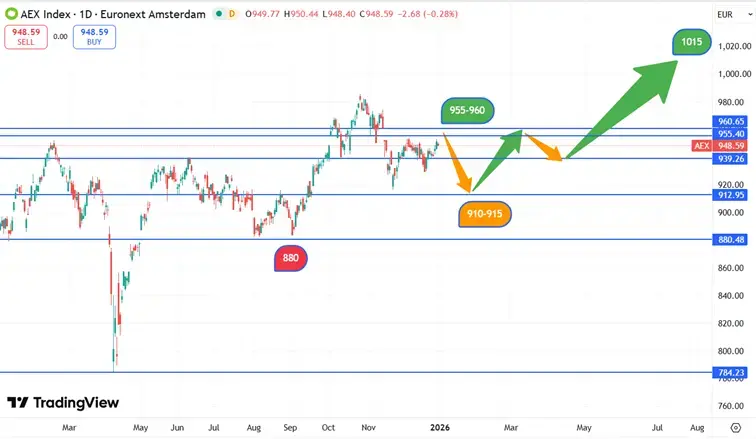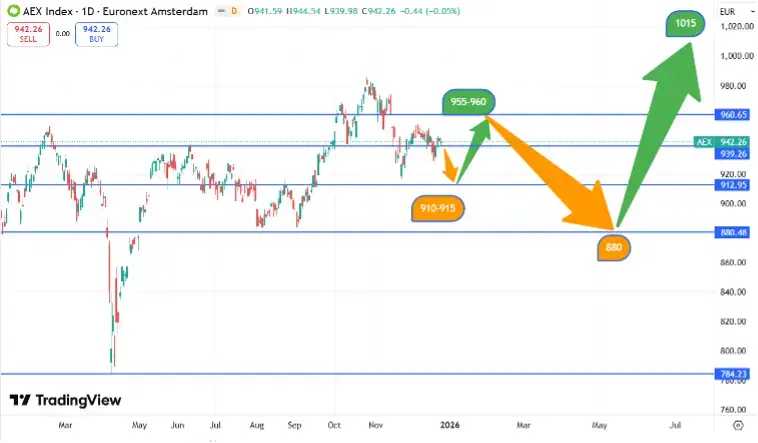Publication date: June 20, 2024
If you're involved in investing, chances are you've come across the term "S&P 500 stock price." The S&P 500 is one of the most followed stock market indices in the world and a popular choice among investors. In this blog, we will take you through the world of the S&P 500, discuss which stocks qualify for inclusion in this index, and offer valuable information about investing in the S&P 500 stock price. Read on to find out how you can take your investment portfolio to the next level with the S&P 500!

What is the S&P 500 course?
The S&P 500 is a stock market index that measures the performance of 500 leading U.S. companies listed on the U.S. stock market. The index was created by Standard & Poor's (S&P) and has become a major measure of the U.S. stock market since its inception in 1957. The S&P 500 represents about 80% of the total U.S. market capitalization, making it a good reflection of the broader economy.
The stocks eligible for S&P500
To qualify for the S&P 500, companies must meet specific requirements. These prerequisites encompass, but are not limited to:
- Market Value: Companies must have a minimum market capitalization which is generally in the billions of dollars.
- Liquidity: The shares of the company should have sufficient liquidity, which means regular trading in the shares.
- Financial stability: Companies must be financially stable and consistently show positive results.
- Representation: The S&P 500 seeks a balanced representation of various sectors in the index.
Investing in the S&P 500 Share Price:
Investing in the S&P 500 stock price can be done in several ways:
- Index funds: A popular and passive way to invest in the S&P 500 is through index funds. These funds attempt to track the performance of the S&P 500 as closely as possible, and investors can buy shares of the fund to gain exposure to the entire index.
- Exchange-Traded Funds (ETFs): S&P 500 ETFs are similar to index funds, but are traded on exchanges like stocks. They offer liquidity and the ability to trade during trading hours.
- Individual stocks: As an experienced investor, you can also choose to buy individual stocks of companies listed on the S&P 500. However, this requires thorough research and a good understanding of the individual companies.
Advantages of investing in the S&P 500:
Investing in the S&P 500 has several advantages:
- Diversification: By investing in 500 large companies you spread your risk and avoid the impact of individual stock prices on your portfolio.
- Long-term growth: The S&P 500 has historically shown steady long-term growth, making it attractive to long-term investors.
- Low costs: Index funds and ETFs that track the S&P 500 typically have lower costs compared to actively managed funds.

.svg)

.webp)

.webp)
.webp)




